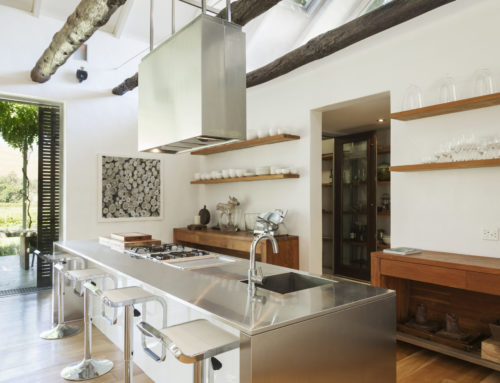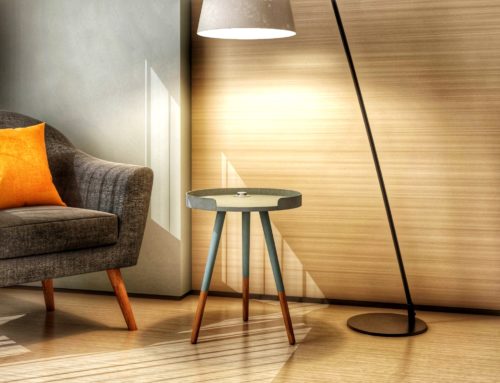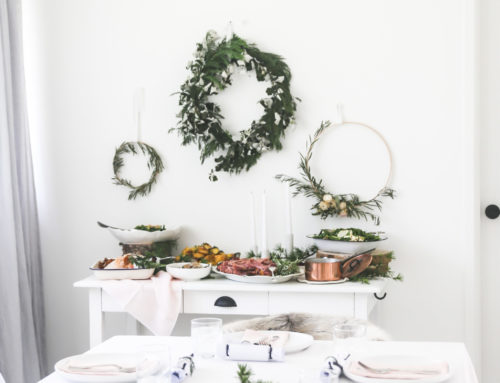With the spring home-buying season in full bloom, many people are out there looking for the next place to call home. They have visions of finding the perfect property. From a backyard oasis with a patio and swimming pool, to a gourmet kitchen with the most up-to-date appliances, plenty of space to entertain friends and a gorgeous master bedroom suite, no two wish lists are the same.
In reality however, it is not always possible to find a home with everything. Buyers must decide in advance which items on their wish lists are “must-haves” and which are “nice-to-haves.” Here are a few ways to help decipher “needs” from “wants.”
- Know your budget: The first step to creating a list of “must-haves” and “nice-to-haves” is to be realistic about what is affordable and determine a budget. A buyer’s budget might not allow for a long list of “wants” and a compromise might be needed. Buyers should enlist a local real estate agent to help with the home search. An agent with years of expertise understands the local market and can help buyers find comparable home prices and determine what is affordable in their budget.
- Find that perfect “location, location, location”: Everyone has heard this phrase before when it comes to real estate, and it’s definitely something to think about. It’s possible to make changes to a house, but its physical location will always remain the same. Buyers should determine in advance how close they would like to live to work, schools or extended family. A short commute, proximity to family or access to highways and mass transit are often “must-haves.” The location will also determine some home amenities that are possible or difficult to have within the buyer’s budget. For example, if a buyer has to live close to work in Honolulu, they may have to cross a outdoor space from their wish list.
- Determine non-negotiable accommodations: A comfortable place for everyone in the family is always a “must have.” For a family of four, three bedrooms may be non-negotiable. For a family with grandparents living at home, an extra bedroom on the first floor may also be non-negotiable. A “nice-to-have” item might be a spare guest room for visiting friends and relatives. After determining the budget and neighborhood, the most important factor is that everyone living in the home has a comfortable place to stay.
- Pick a lifestyle fit: After fulfilling the most important needs, buyers should find out what features of a home will best fit their lifestyle. For example, buyers who love to cook and entertain may want a home with a gourmet kitchen and decide to give up the large master bedroom. Or, buyers who love to spend time outdoors may compromise a large family room for a big backyard and a barbecue pit.
- Have a vision: A home is missing that “must-have” hardwood flooring? That’s something that can be fixed after moving in. When looking at a first home, buyers should avoid getting distracted by decorations, paint or flooring that may not fit their taste. Items such as paint color or carpeting are always worth compromising on. If everything else about a home fits the wish list, a new coat of paint and a little redecorating are easy and relatively cheap finishing touches on a dream home.
While searching for that “perfect” home with all the items on a wish list may be fun, it can also be frustrating. It’s rare to be able to find a home that checks all the boxes. That’s why it’s important to sit down prior to your search and decide which items are non-negotiable, and which aren’t. Not only will this help in visualizing a home that is perfect for you, but it could save a lot of time and energy in the future. Having a realistic idea of your dream home is the first step in finding it.







Leave A Comment